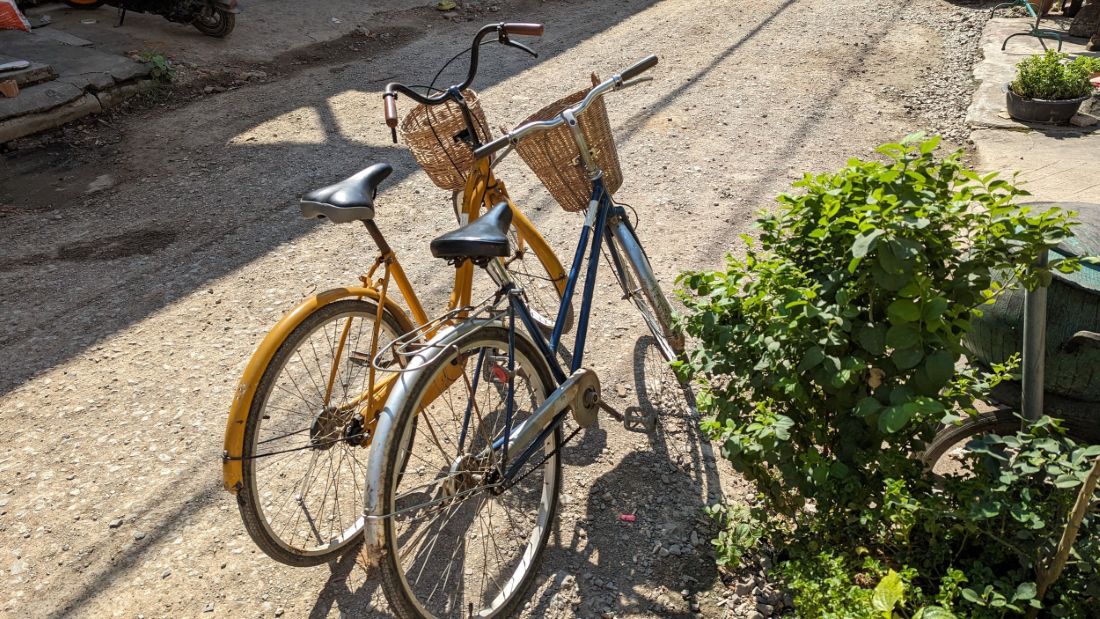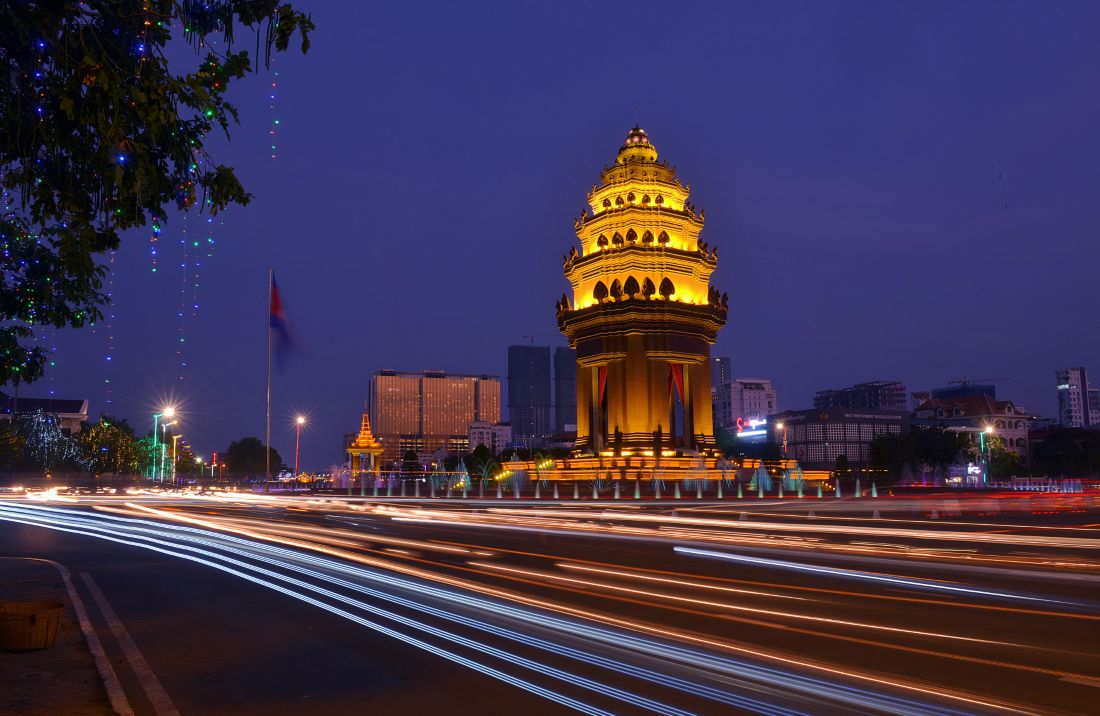Getting around Cambodia is an adventure in itself — from buzzing tuk-tuks to scenic boat rides, the country offers plenty of local transport options that are both affordable and authentic. Here’s your guide to navigating Cambodia like a local, comfortably and smartly.
1. Tuk-Tuks
Why use this: The most popular and fun way to travel within cities like Phnom Penh and Siem Reap.
Highlights: – Open-air ride experience – Negotiable prices or app-based booking – Great for short distances
Tips: Use apps like Grab for fair rates; agree on price before ride if booking on the street
Cost Range: USD 1–3 per short ride
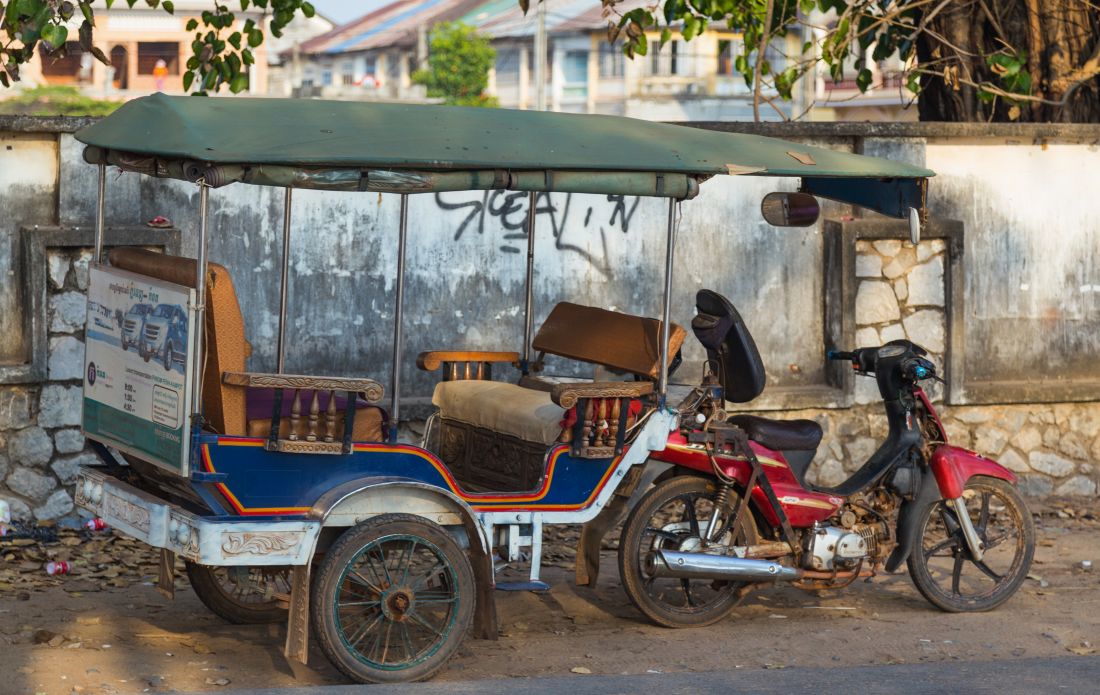
2. Remork-Moto (Cambodian Tuk-Tuk)
Why use this: A local variant of the tuk-tuk, perfect for sightseeing with more space and shade.
Highlights: – Can carry more passengers – Ideal for Angkor temple visits – Slower but scenic
Tips: Best for relaxed travel; bring a scarf to protect from dust
Cost Range: USD 10–15 for half-day hire
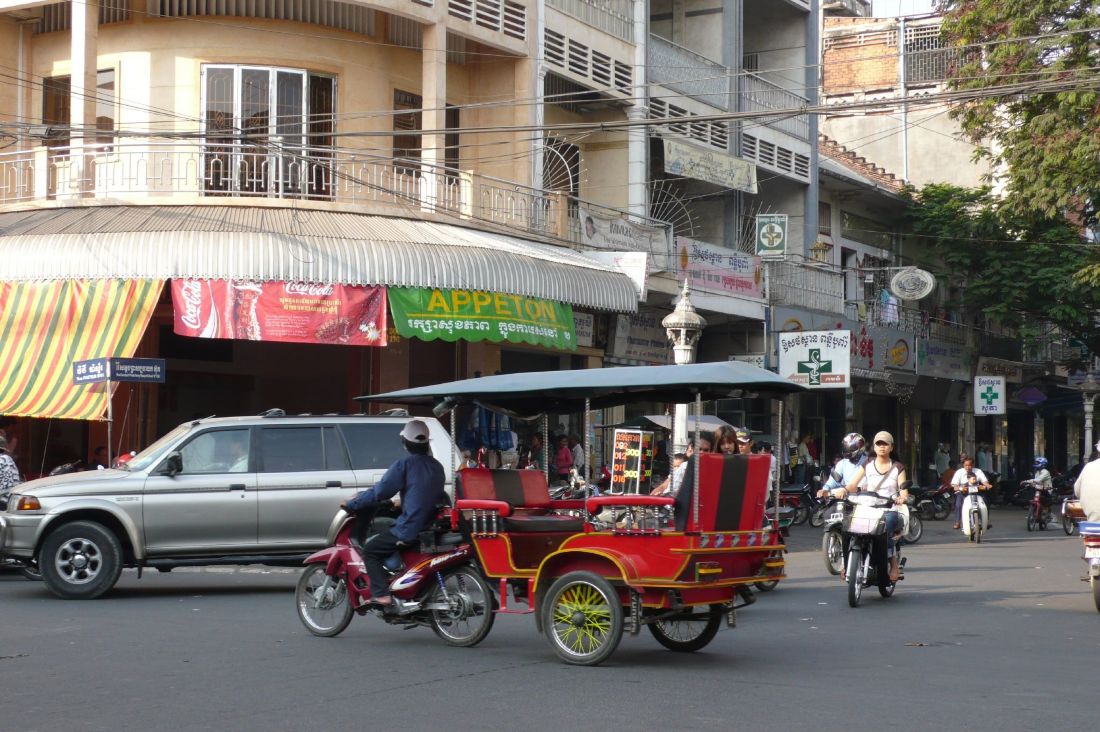
3. Moto-Dop (Motorbike Taxi)
Why use this: A quick and budget-friendly ride for solo travelers covering short distances.
Highlights: – Found almost everywhere – Fast in traffic – Easy to flag down
Tips: Helmets not always provided; use for daytime only
Cost Range: USD 1–2 for local rides
4. PassApp and Grab Apps
Why use this: Cambodia’s main ride-hailing apps offering tuk-tuks and taxis with upfront pricing.
Highlights: – Cashless convenience – GPS tracking – Transparent fares
Tips: Download and register with a local SIM for better accuracy
Cost Range: Varies; similar to street rates but safer

5. City Buses (Phnom Penh Only)
Why use this: Air-conditioned buses on fixed routes — ideal for budget travelers.
Highlights: – 17+ numbered routes – Runs across major landmarks – Reliable schedules
Tips: Get route map online; not all buses have English signs
Cost Range: USD 0.40 per ride
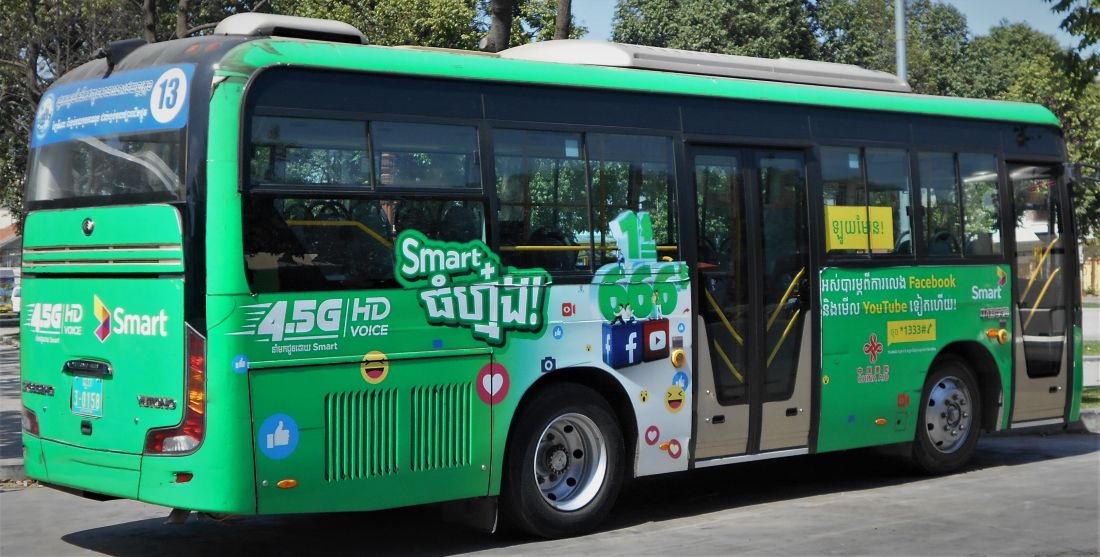
6. Cyclo (Cycle Rickshaw)
Why use this: A traditional and nostalgic mode of transport, good for short slow-paced rides.
Highlights: – Best for old-town sightseeing – Eco-friendly – Great for photos
Tips: Tip generously; agree on price before ride
Cost Range: USD 2–3 for short rides
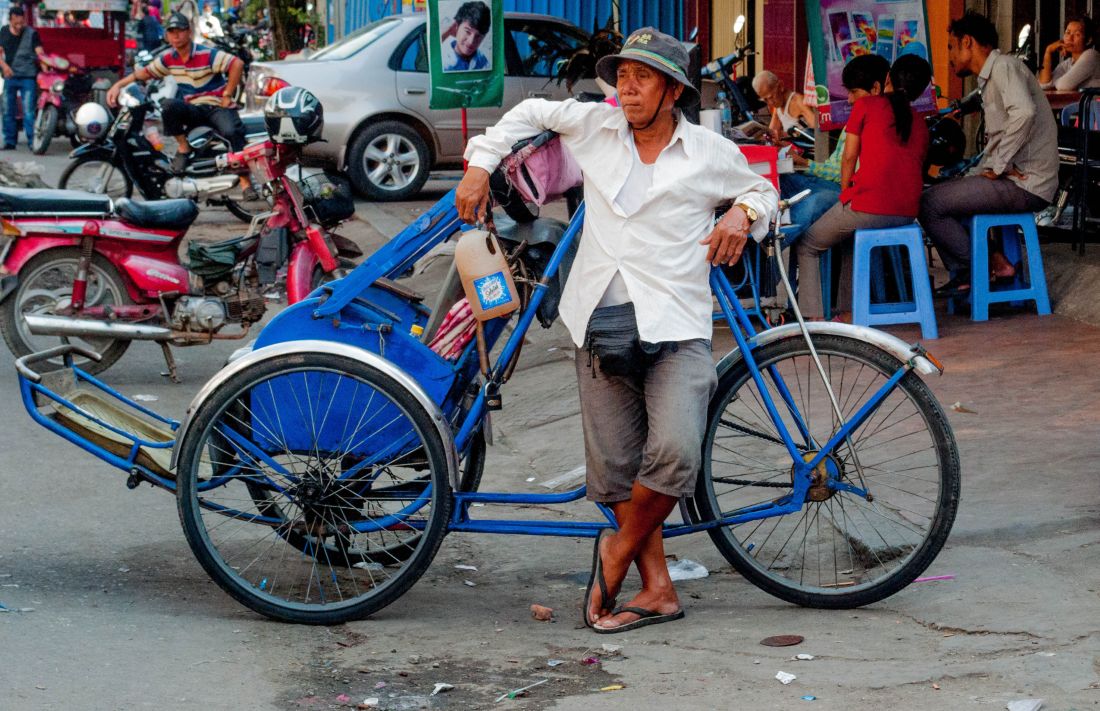
7. Intercity Buses (e.g., Giant Ibis, Mekong Express)
Why use this: Comfortable, air-conditioned buses for travel between major cities like Phnom Penh, Siem Reap, and Sihanoukville.
Highlights: – Reclining seats – Onboard Wi-Fi (sometimes) – English-speaking staff
Tips: Book early during holidays; opt for daytime rides for safety
Cost Range: USD 8–15 depending on route

8. Minivans & Shared Taxis
Why use this: Ideal for flexible and slightly faster intercity travel, often used by locals.
Highlights: – Frequent departures – Pick-up from hotels possible – Less formal than buses
Tips: Can be cramped; go early to get better seats
Cost Range: USD 7–12 depending on destination
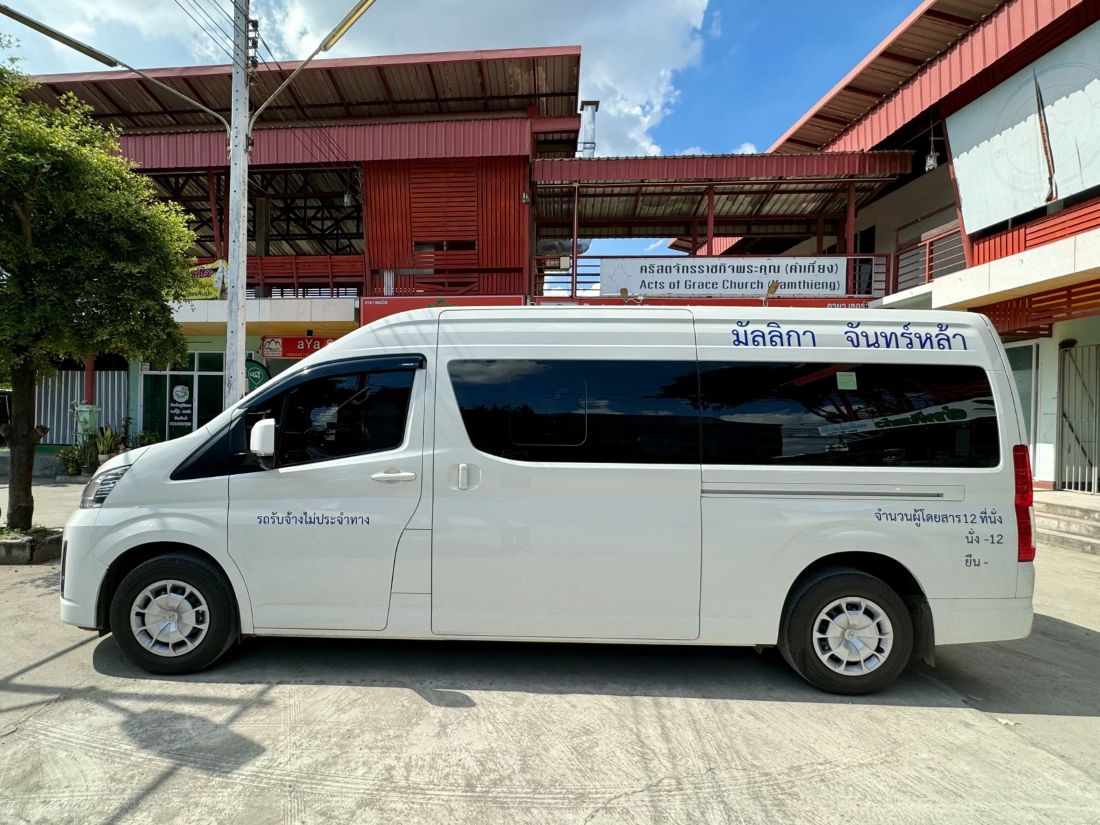
9. Boats & Ferries
Why use this: Travel by water between Phnom Penh, Siem Reap, and floating villages.
Highlights: – Scenic river views – Tonlé Sap boat rides – Unique cultural experience
Tips: Best during wet season (June–Nov); bring sunblock and water
Cost Range: USD 20–35 depending on route

10. Bicycle & E-Bike Rentals
Why use this: Perfect for exploring temple complexes or small towns like Siem Reap on your own pace.
Highlights: – Eco-friendly – Flexible timing – Great for local immersion
Tips: Use helmets and sun protection; rent from reputable shops
Cost Range: USD 2–5/day for bicycle, USD 8–12/day for e-bike
